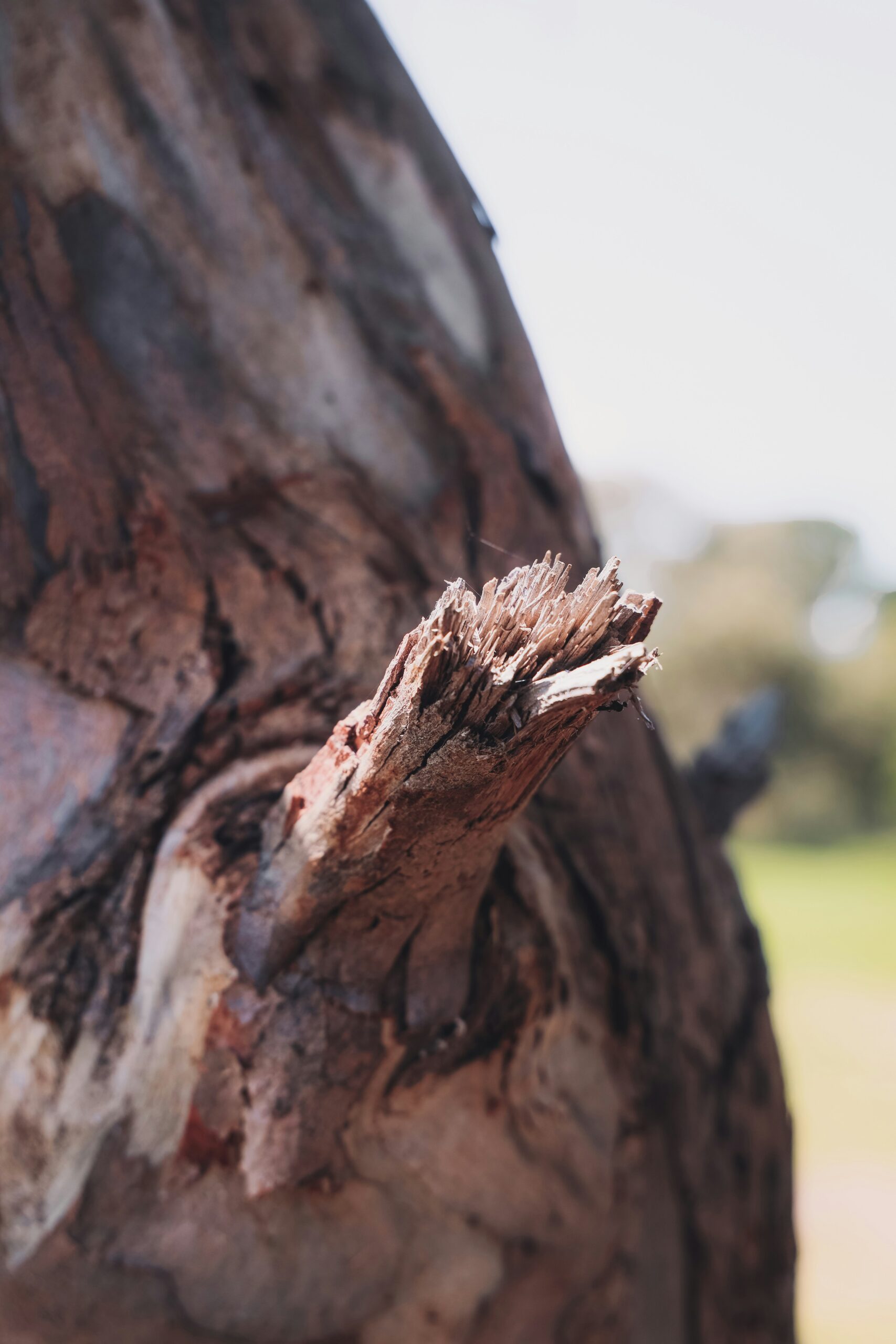
Date May 03, 2022
Category
Oak trees are a native staple in the state of Texas, and their root systems are no exception. Oak tree roots are known for their highly adaptable and deep systems, which can extend up to three times the size of the tree’s canopy. With might like that, it’s no wonder oak trees can easily thrive for over 1000 years!
Understanding the oak tree root system is essential for keeping them healthy and protecting property, whether it’s your home or commercial management. In this blog post, we’ll explore the basics of oak tree roots and how they work so you can better care for these beautiful trees!
The Acorn Basics
It all starts with a fallen acorn.
As long as the temperature stays above 50 degrees Fahrenheit during the first stages of germinating, the beginnings of a root system will start shooting out of the acorn and wriggling its way down into the ground. Then once the temperature starts dropping, the growth will temporarily slow through the cycle of winter dormancy until spring arrives again.
Within the early years of sapling-hood, the initial taproot will grow to around 1 foot in length and a 1/2 inch in thickness, which quickly becomes the biggest focus of the young tree’s establishment.
Soil Conditions
Whether it’s a Texas red oak root system or Shumard oak root system, the ideal conditions for any developing root system are movable soil with consistent access to proper drainage and full to partial sunshine. There must be plentiful nutrients like phosphorus, potassium, calcium, sulfur, and, most importantly, nitrogen. That way, the taproot can easily navigate its way into the earth.
Note: To keep the soil protected, a 2”-4” layer of mulch over the surrounding soil may be useful. Just make sure to leave open space between the trunk and the edge of the mulch.
Root Subsystems
Within an oak tree’s root system, there are 2 basic types of root subsystems.
Lateral Roots
From that first singular taproot comes several massive roots known as lateral roots which eventually replace the taproot altogether. On mature trees, each branch of this critical system on can reach out to twice the dripline of the canopy and at a depth of up to 4 feet below ground. These lateral roots will be the primary source of support as the oak tree develops.
Fine Roots
As these enormous lateral roots branch out, they taper down to a fine root system, which becomes a wiry, tightly packed bundle. Housed within the 4 feet of depth between the lateral roots and the topsoil, the fine roots soak up the necessary nutrients and moisture in the upper soil to nurture the fast-maturing oak tree.
Maintenance Fundamentals
It’s very important to leave the soil around an oak tree undisturbed and without excessive pressure compacting it. They are also very well known for needing little additional watering unless in case of drought. . In those cases, unhealthy oak trees are especially vulnerable to pests and diseases like Root Rot. Learn more about root rot and how to manage it in our recent blog post, Root Rot of Texas Trees.
So just keep an eye out on your oak tree’s condition, as oak trees overall are typically very self-sustaining. No wonder they can stick around for centuries!
Oak tree roots are an integral part of the health and well-being of these trees. If you’re not sure how to care for oak tree roots, contact TreeNewal today. We specialize in maintaining the root systems of oak trees and can help you keep your property looking beautiful all year round!
If you need advice or assistance with caring for the root systems of your oak trees, get in touch with the ISA-Certified Arborists at TreeNewal and enjoy tailored tree care advice.
To learn more about The Root System of Oak Trees, call our Argyle and Southlake-based teams
at tel:(817) 592-6846 or send us a message.
We’re a little different than the average tree services company.
Learn more about TreeNewal’s ISA Certified Arborists!
Our Dallas/Fort Worth-based tree doctors can explain how sustainable tree care services add more value to your bottom line.
Healthy trees, healthy lives.








